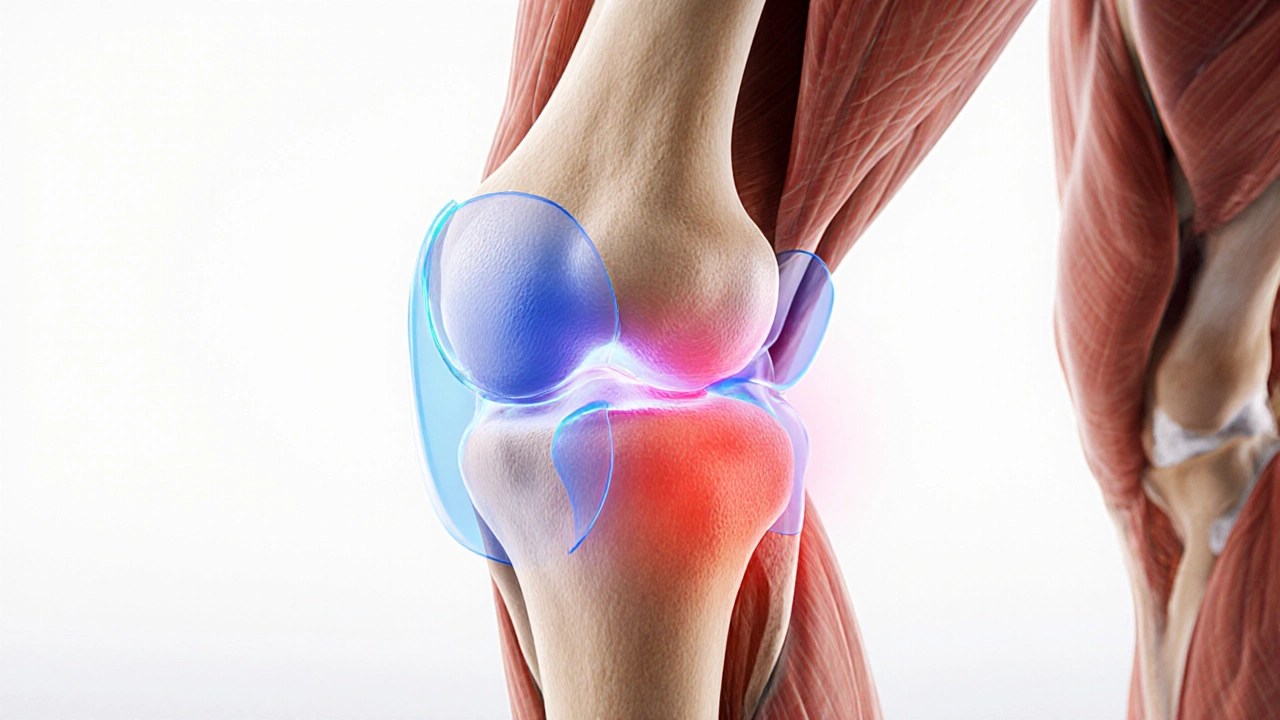Swelling Treatment Orthopedics: Proven Ways to Ease Joint Swelling
When dealing with Swelling Treatment Orthopedics, the practice of reducing excess fluid and inflammation in bones, joints, and surrounding tissues. Also known as orthopedic swelling management, it blends medical, physical, and lifestyle approaches to get swelling under control fast. Inflammation the body’s natural response that causes redness, heat, and fluid buildup is the core trigger, while Physical Therapy targeted exercises and manual techniques that improve circulation and joint function offers the primary route to recovery. Together, they illustrate the semantic triple: Swelling Treatment Orthopedics ↔ includes ↔ Inflammation control, and Swelling Treatment Orthopedics ↔ requires ↔ Physical Therapy.
The first line of defense often comes from cold therapy. Applying ice packs for 15‑20 minutes every few hours triggers vasoconstriction, which squeezes fluid out of the swollen area. This simple step also dulls pain signals, making it easier to start gentle movement. Complementary to ice, Compression the use of wraps, sleeves, or stockings that apply steady pressure to limit fluid accumulation stabilizes the joint and reduces swelling duration. When combined with elevation—raising the limb above heart level—these methods create a three‑point system that tackles swelling from the inside out.
Key Strategies for Swelling Control
Medications play a supporting role. Over‑the‑counter NSAIDs such as ibuprofen block the enzymes that drive inflammation, cutting down the swelling cascade. For more severe cases, doctors may prescribe stronger anti‑inflammatories or corticosteroid injections directly into the joint. Another powerful tool is Joint Aspiration the removal of excess fluid with a thin needle to relieve pressure and improve movement. While invasive, it provides immediate relief and creates a cleaner environment for rehab exercises.
After the acute phase, the focus shifts to restoring strength and flexibility. Guided Rehabilitation structured programs that blend stretching, strengthening, and functional training helps rebuild the muscles that support the joint, preventing future swelling episodes. Simple home routines—like heel slides, ankle pumps, and gentle knee bends—keep synovial fluid moving and discourage fluid stagnation. Nutrition also matters; foods rich in omega‑3 fatty acids, antioxidants, and lean protein reduce systemic inflammation, complementing the local treatments.
Every swelling case is unique, but the underlying pattern stays the same: control inflammation, limit fluid buildup, and rebuild function. Below you’ll find a curated set of articles that dive deeper into each of these steps—whether you need a quick ice‑pack guide, a detailed look at compression sleeve options, or a full rehab plan for post‑surgery swelling. Use these resources to tailor a swelling treatment orthopedics plan that fits your lifestyle and gets you moving again soon.






